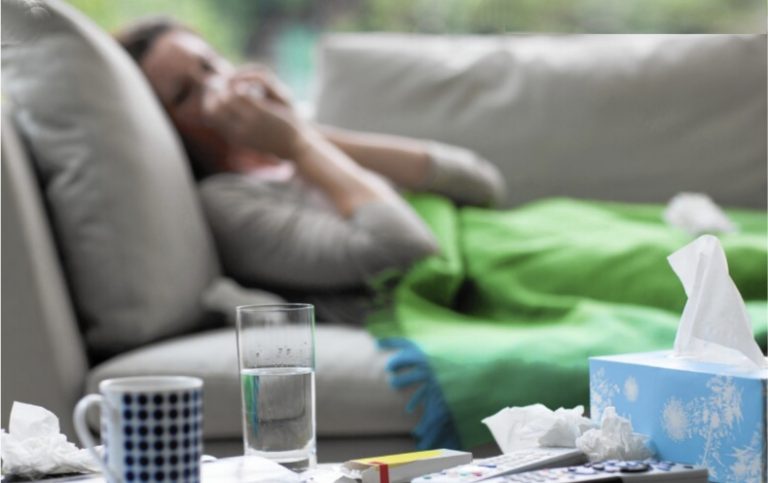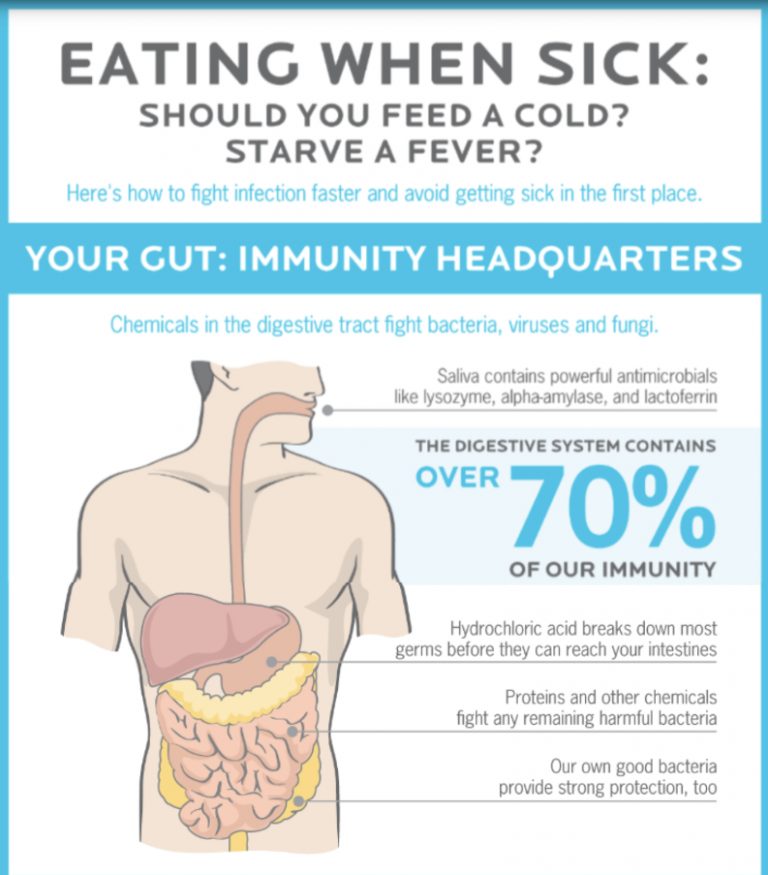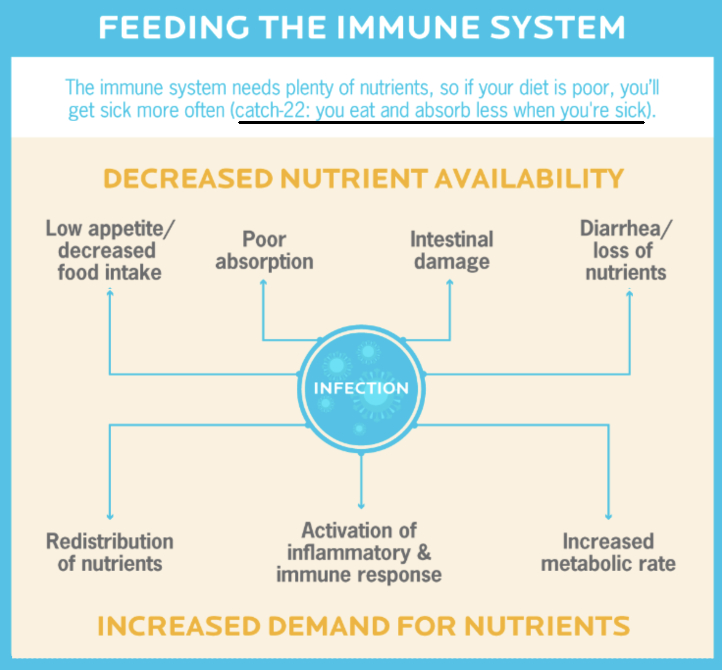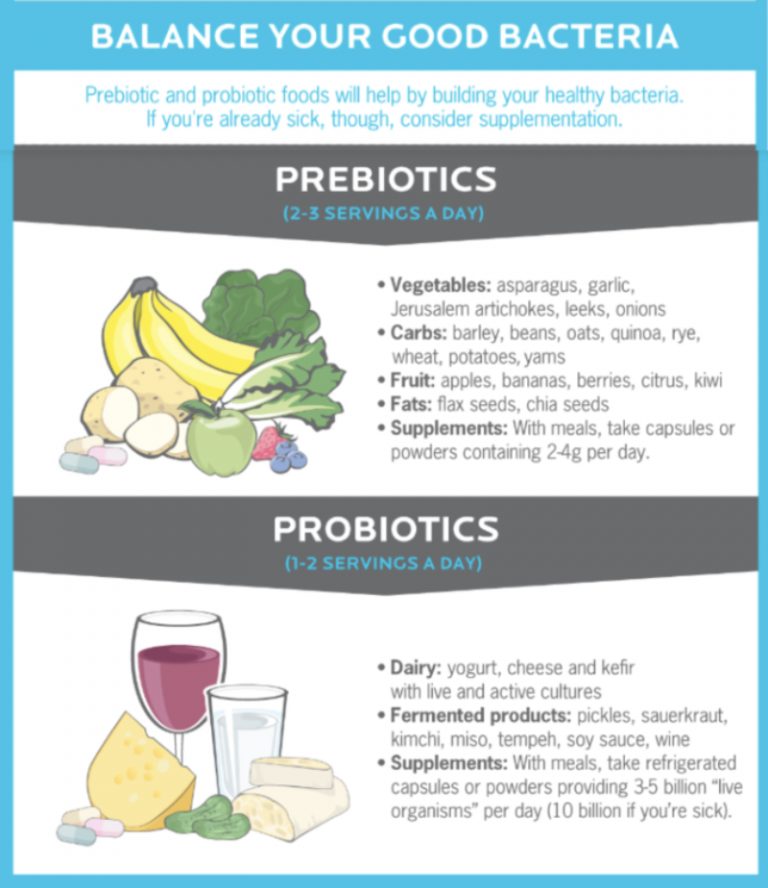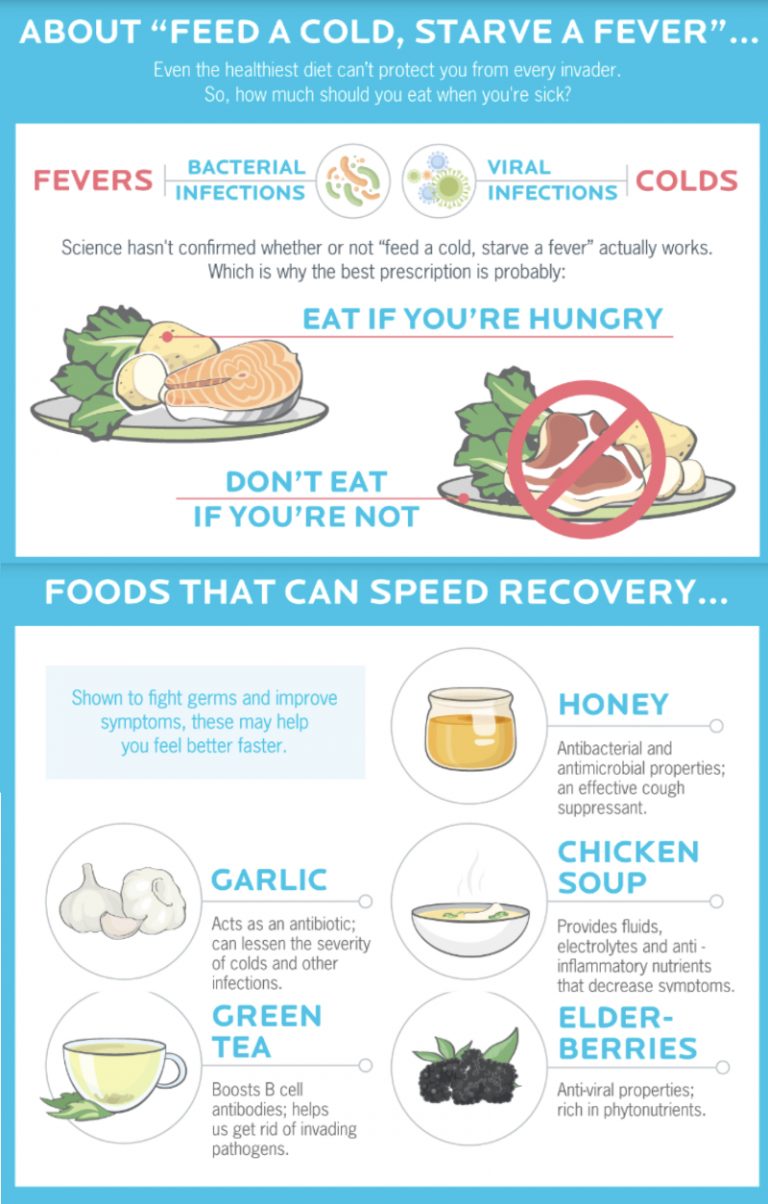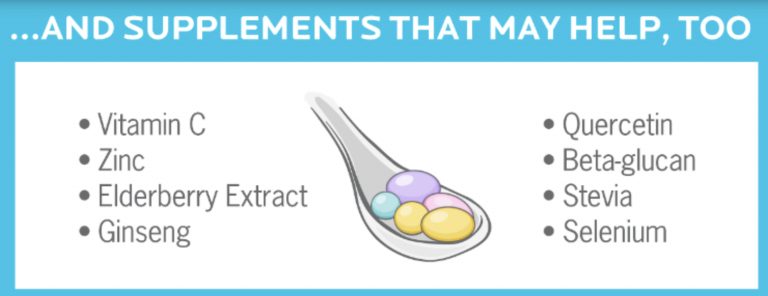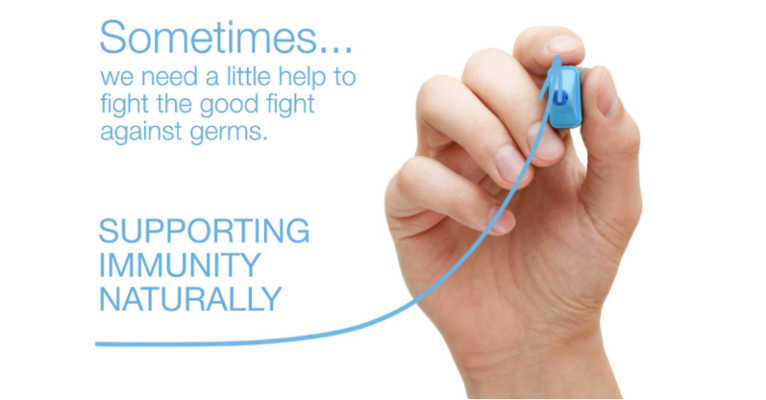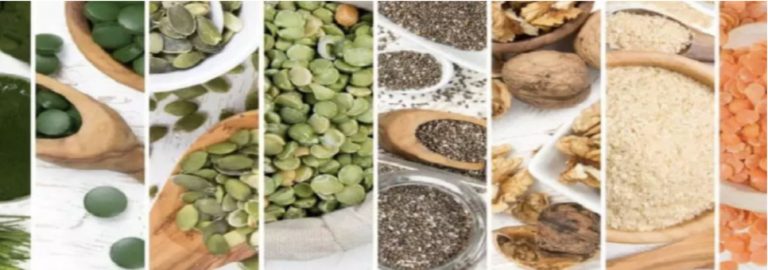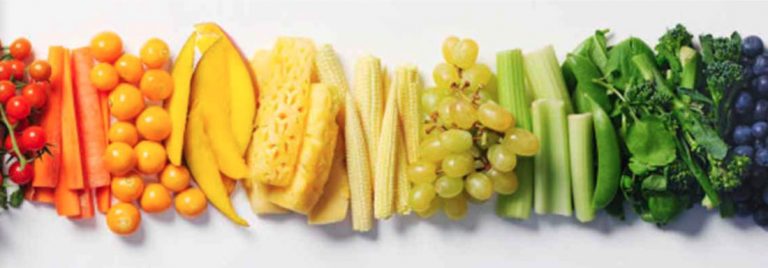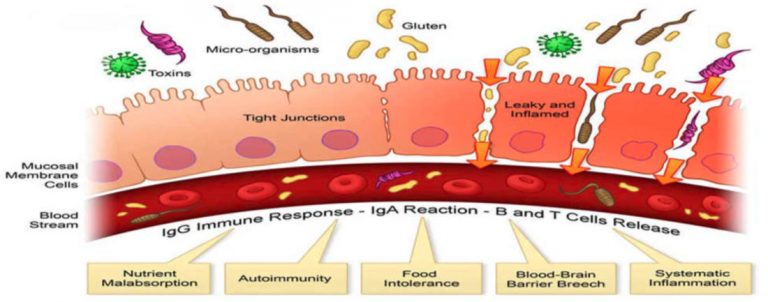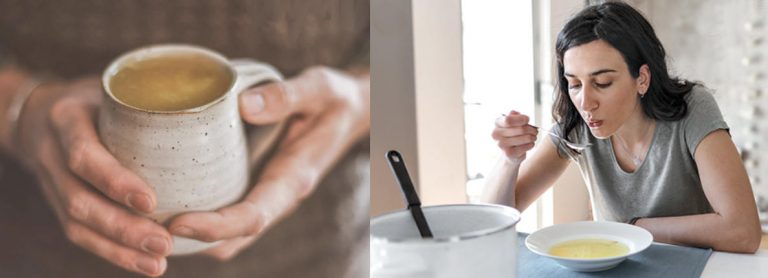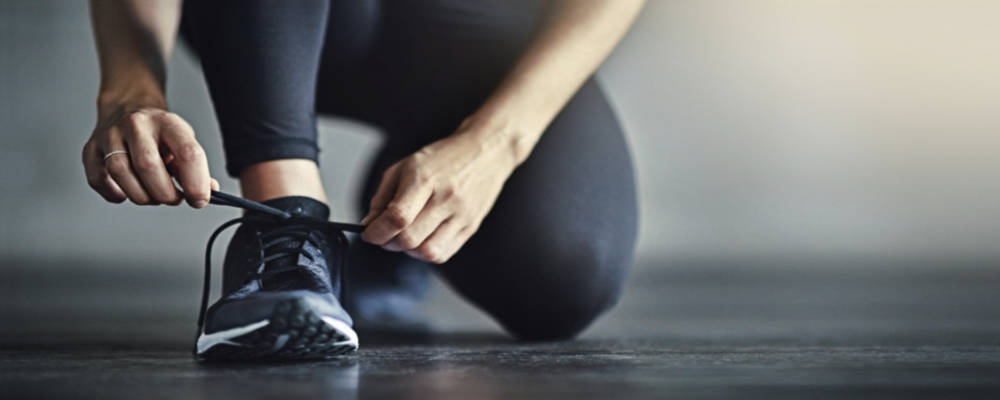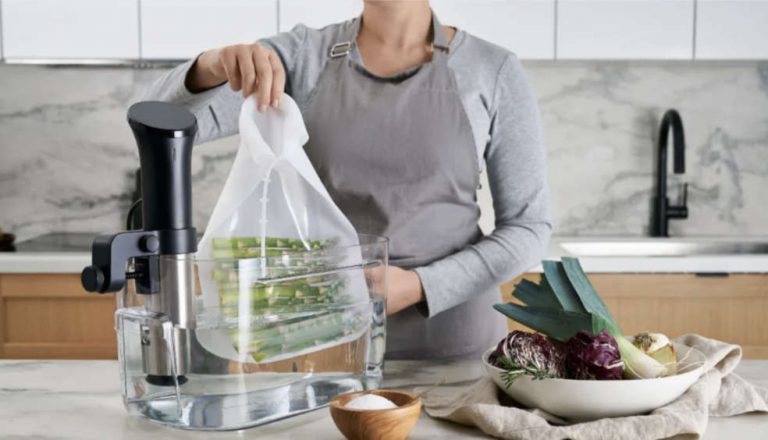
Literally, sous vide means ‘under vacuum’. The French method of cooking uses an immersion circulator which circulates temperature-controlled water so the food immersed in the water bath cooks to a precise level of doneness.
In the past decade, this method has been used by high-end, Michelin-star, restaurants because the advantages of sous vide cooking are considerable. The process not only offers unprecedented control in the kitchen, but it makes food tastes amazing. Because the food is cooked to perfection in airtight bags, for longer times at lower temperatures the result is intensely flavourful food. And, the nutrients stay in the food. They are not diluted by conventional cooking methods.
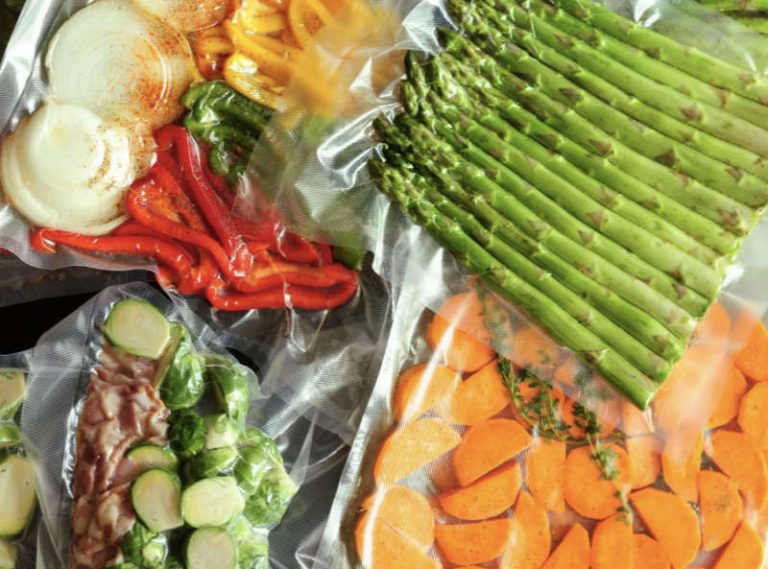
How It Works
Basically food is placed in an air-tight food grade plastic bag and immersed in a bath. Once controls are set to an ideal serving temperature of the final dish, the food eventually reaches the same temperature as the water.
The low, precise temperature ensures the food is always exceptional – a result which can’t be achieved with traditional methods making it a game-changer when it comes to serving an amazing meal.
This differs from conventional stove top and oven methods in which the heated is much higher than the serving temperature, making it necessary to remove the food at just the right moment, when its done but not overcooked.
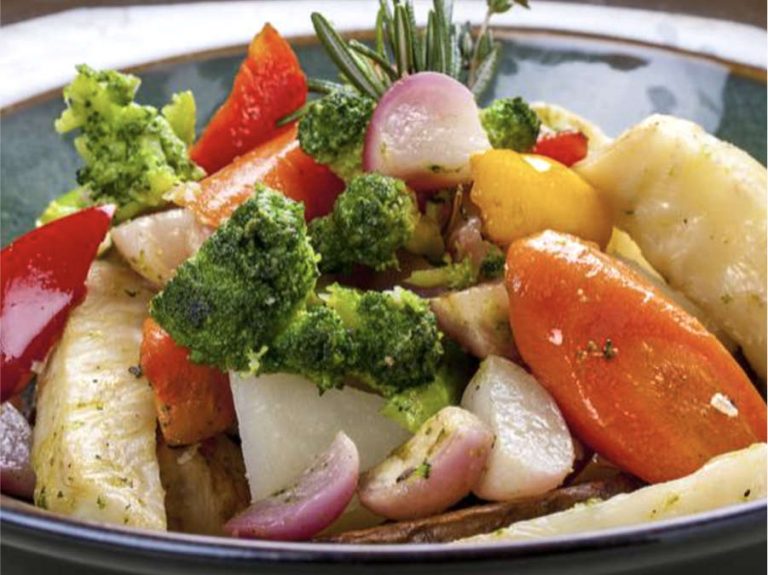
Sous Vide Sides, alleviate much of the anxiety that all too often surrounds cooking.
Whether cooking for one, or for the family; or you’re planning a dinner party or holiday meal; whether at home or at the cottage, Sous Vide Sides means delicious nutritious meals and you don’t have to be stuck in the kitchen. A boon for busy families because prep and cooking time is remarkably reduced.
Prepared daily, the airless environment created by vacuum sealing helps infuse foods with the flavours of herbs, spices and other aromatics while retaining all the nutrients.
Sous Vide Sides can be used cold in salads, or warmed in the oven or on top of the stove using one of our compound butters to deepen flavours to create a unique, restaurant worthy meal, without the expense.
Safety
With confidence, we can say sous vide cooking is very safe thanks to its precision and control, which pasturizes food and reduces the risk of harmful bacterial growth. heat food to a temperature for a certain amount of time in order to reduce enough of the pathogens to deem it safe. We often pasteurize in sous vide cooking
rapidly chilled and then refrigerated. What does “rapidly chilled” mean? It involves plunging still-sealed bags into a large ice bath to stop the cooking, let sit until chilled, and then refrigerate it for late
Interestingly, when sous vide cooking first arrived in the world of food prep, the technique wasn’t used to make food taste better. In the late 60’s food-grade plastics and vacuum packing were mastered by French and American engineers as a safety measure to keep packaged foods in a water bath at a precise temperature for pasteurizing and sterilizing which made large scale food prep easier and safer for labs, hospitals and large scale commercial food companies. It also meant that the food processed would have a longer shelf life.
In 1974, a French chef wanted to develop a new way of preparing foie gras. Ultimately, through experimentation, the chef found that foie gras lost the least amount of fat when poached at a precise temperature and the taste excel traditional preparation when sealed in plastic. And the rest, as they say is restaurant history.
A Word or Two About Food Grade Plastics
minimizing prep time while maximizing food safety.
Sous Vide Sides is all about eating well. As a company that prides itself on nutrition and environmental awareness, our team decided to to do a lot of research before launching our new line of feel good nutrition. In short, we needed to be certain that Sous vide Sides offered superior nutrition and a sustainable methodology
High-density polyethylene, low-density polyethylene, and polypropylene are considered the safest plastics. Many name-brand plastic bags are made with polyethylene and polypropylene. These types of plastic are resistant to the sub-boiling temperatures involved in sous vide cooking, and they are also considered safe in and of themselves:
